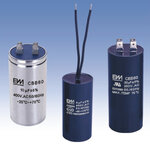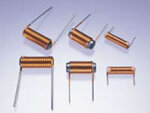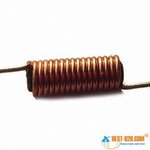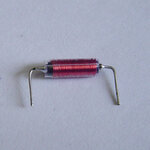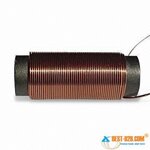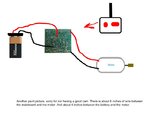dieselfuelonly
Newbie level 4
Can somebody please tell me what in the hell this thing is... before I chuck the whole truck out the window. It's in the way of what I'm what i'm trying to do, and repairing it seems to be short of impossible. What is it, what does it do, and can i do away with it?
Sorry for the pic I don't have a decent cam at the moment. The part in question is about 3/4 of a centimeter long.
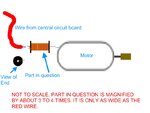
Sorry for the pic I don't have a decent cam at the moment. The part in question is about 3/4 of a centimeter long.

